The idea that narcissists trigger your childhood trauma may seem odd. Maybe you’re not even aware that any such trauma exists. Read on to find out the exact signs of childhood trauma, and the reason why narcissists can bring it to the surface.
What is childhood trauma?
When we hear the words “childhood trauma,” we imagine it to be a rare and distant phenomenon. Images of scared children from war zones may come to mind.
But childhood trauma is more common than you think. In fact, according to SAMSHA, more than two-thirds of children have at least 1 traumatic event by age 16.
Sometimes trauma is an unperceived external event, such as a natural disaster, war, school violence, or a sudden loss. But more often than not, it takes place within the family (such as abuse, neglect, or witnessing domestic violence).
Even something we consider mundane can have a massive impact on a child. For example, verbal assaults like taunting, name-calling, or putdowns can be just as traumatic as physical assaults.
After all, the word “trauma” means “wound.” Whatever wounds you can be traumatic.
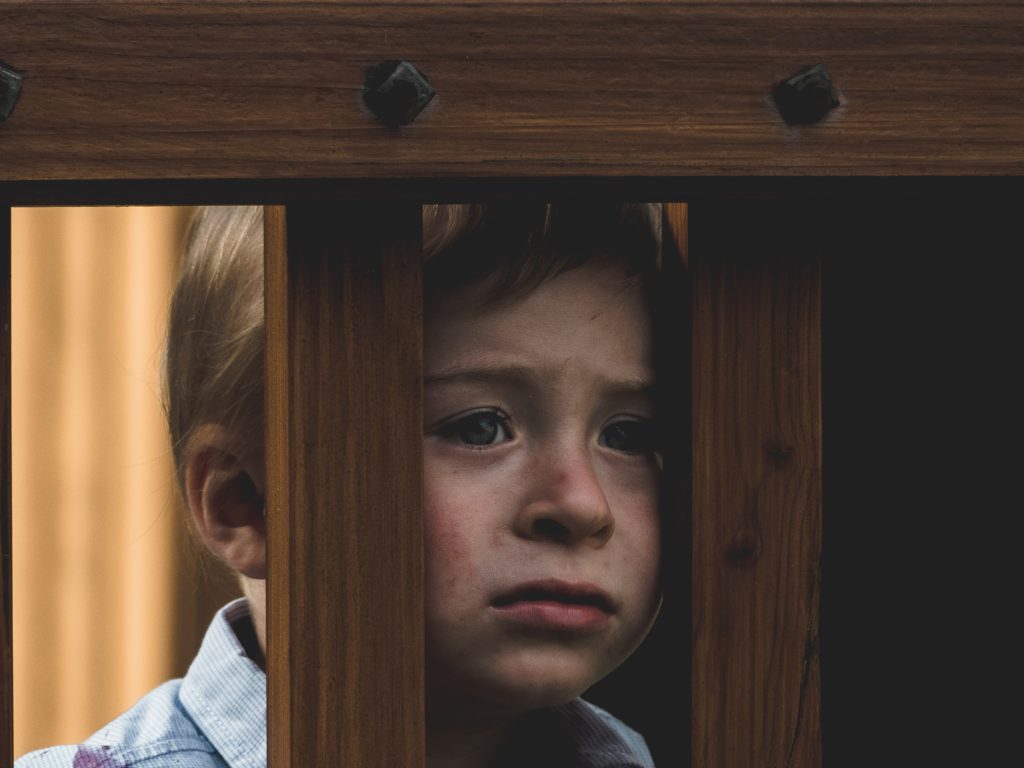
So emotional abuse can also cause trauma, resulting in PTSD.
If every third child had a traumatic experience, chances are, many of us may suffer from repressed, unresolved, or unhealed trauma.
Here’s where it gets peculiar: when you’re dealing with unrecognized traumatization, you are likely to attract a narcissist or another toxic partner.
Trauma’s impact on the choice of a partner
Many women (and men) are plagued with a feeling that they’re attracting the wrong people in their lives, or that there’s something wrong with them.
Why do I always end up in toxic relationships? Why can’t I ever find anyone who treats me right?
The answer may be unresolved childhood trauma.
Without realizing it, trauma survivors relive their childhood experiences with an unresponsive or abusive partner, like a narcissist.
It’s as if a powerful and mysterious force compels you to pursue these abusive individuals. You don’t know why; you just feel a strong attraction to a particular “type.”
Regardless of whether it’s a friendship or an intimate relationship, narcissistic tendencies are what’s familiar to you. Therefore, it’s the “easier” choice.
Even if you know that it’s not healthy or right, at least your nervous system knows what to expect.
After all, your experiences, beliefs, thoughts, and perceptions of the world helped you survive until this point in time. So how would you know any other way?
To repair childhood wounds, there need to be two willing partners to put in the work in forming a secure attachment.
But with a narcissist, this may feel like an impossible task. Without that secure attachment, however, trauma survivors get stuck in a cycle of narcissistic abuse.

How do narcissists bring childhood trauma to the surface?
Being with a narcissist can be overwhelmingly stressful and unpredictable.
Since it’s rare to know where you stand with a narcissist, it’s nearly impossible to feel safe and secure within the relationship.
Without this sense of safety, your nervous system never really gets a chance to relax.
Instead, you may find yourself living in a constant state of hyperarousal, where you feel on edge, on high alert of your surroundings, anxious, irritable, emotional, and prone to re-experiencing symptoms of traumatic stress.
How does unresolved childhood trauma affect people?
Whether the trauma was physical, emotional, psychological, or sexual, the impact shows up in various relationship issues.
Survivors believe that deep down, nobody can be trusted, that intimacy isn’t safe, and that experiencing a secure, loving attachment is impossible.
Many will tell themselves they’re flawed, not good enough, or unworthy of being loved and treated with respect.
When your early childhood relationships are sources of overwhelming fear or distress, an insecure or disorganized attachment is formed. As an adult, it can leave you feeling alone and helpless.
You may latch on to thoughts and beliefs such as:
- Never trust anyone; it’s not safe.
- Don’t be a burden; don’t bother anyone.
- Don’t dwell on your feelings; just move along.
When you’re hurting every day and just need to survive, these ideas help you cope. But as an adult, being with people who are safe and loving feels wrong.

Symptoms of trauma triggered by narcissistic abuse can include:
- Feeling stuck (and confused about why)
- Having nightmares or flashbacks
- High level of hyperarousal: anxiety, nervousness, being jumpy, scared, agitated,
- Stressed, overwhelmed, emotional, etc.
- Obsessive thinking and racing thoughts
- Difficulty controlling emotions
- Imagining worst-case scenarios
- Guilt/shame
- Feeling numb / zoning out / disconnected / dissociative
- Fatigue and extreme tiredness
- The physical manifestation of trauma and abuse; e.g., headaches, stomach aches, chest pain, dizziness, nausea, IBS, unexplained physical illnesses
- Unhealthy coping strategies — self-harm, eating disorders, substance abuse.
- Suicidal thoughts/ideations
Often, it can take months or even years to realize you are in this type of toxic relationship.
That’s why it’s essential to understand why trauma bonding occurs and what the common signs are.
Trauma bonds
A history of abuse can make you more vulnerable to being abused in the future. We stick to habitual patterns, even if those patterns are toxic or harmful.
If you’ve ever questioned whether your relationship was true love or downright abuse, then you may have experienced the power of a trauma bond.
A trauma bond relationship is a repeated pattern of being devalued, then later rewarded, that creates an unhealthy connection between two people.
Trauma bonding often occurs in romantic relationships. However, it can also occur between co-workers, family members, or friends.
As a novel form of manipulation used by narcissistic partners, trauma bonds include an intense cycle of love and excitement, which is later followed by mistreatment and abuse.
The narcissist conditions you to believe that these toxic behaviors are expected. As the trauma bond deepens, the narcissist receives more validation, leading to further manipulation.
Anyone in a relationship with a narcissist or who has endured traumas as children may be more likely to experience these types of bonds.
The behavior you’ve observed in the past now becomes normalized.
In turn, your nervous system is prepared to deal with the unhealthy cycle, despite the pain it brings.
In other words, if someone has grown accustomed to chaos, we reject the respectful, honest person for the manipulative, abusive one.

Gaslighting
As a form of manipulation and emotional abuse, gaslighting in an intimate relationship is a major trigger for the trauma responses. It’s also a hallmark trait of narcissism.
Narcissists tell blatant lies, make false accusations, twist the truth, and ultimately leave you questioning yourself and your reality.
Signs of gaslighting:
- Not feeling like yourself or the person you used to be anymore.
- Anxiety and loss of confidence in who you are.
- Frequently wondering if you’re overreacting or too sensitive.
- Feeling like everything you do is wrong in some way and that things are always your fault.
- Feeling compelled to constantly apologize.
- A sense that something’s off but you aren’t able to identify what it is.
- Questioning whether your responses are appropriate to the situation.
- Making excuses for your partner’s behavior.
These signs result in a sense of powerlessness and helplessness, which are also commonly experienced trauma symptoms.

It’s possible to break the cycle
When you’ve dedicated time and effort to a relationship, it’s hard to walk away. But if you’re dealing with a narcissist, it can be even more challenging to know what to do or where to turn.
That’s because narcissists strip you of your sense of power. One of the ways they do this is by bringing issues from a traumatic childhood to the surface.
Triggering those traumas has a profoundly bewildering and disempowering effect. But it’s possible to break the cycle and to disable your attraction to narcissists and other toxic people.
You can do it by becoming aware of your patterns.
Childhood traumas leave their mark through self-sabotaging beliefs and behavior patterns that make it challenging to find healthy, stable, and authentic relationships.
But by becoming aware of them, you can learn to shift your perspective, protect your inner child, and start healing from these old, destructive wounds.
Working with a therapist who understands trauma, abuse, or relational and attachment trauma can help you overcome your past experiences and build a model for a healthy, secure attachment in the future.

Resources
Trauma During Adulthood. Retrieved from https://istss.org/public-resources/trauma-during-adulthood
Disorganized Attachment: Understanding How It Forms & How To Heal. Retrieved from www.parentingforbrain.com/disorganized-attachment/
Huize, J. (2020). What is gaslighting? Retrieved from https://www.medicalnewstoday.com/articles/gaslighting
Narcissistic personality disorder. Retrieved from https://www.mayoclinic.org/diseases-conditions/narcissistic-personality-disorder/symptoms-causes/syc-20366662



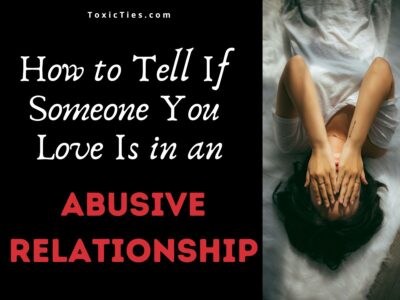

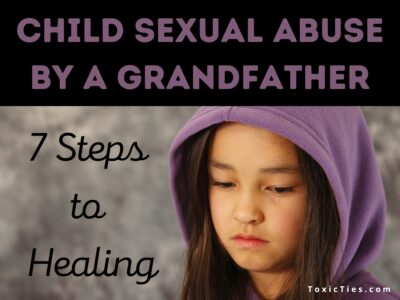
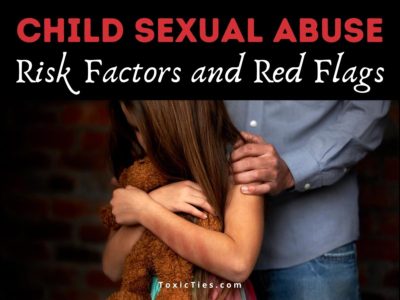
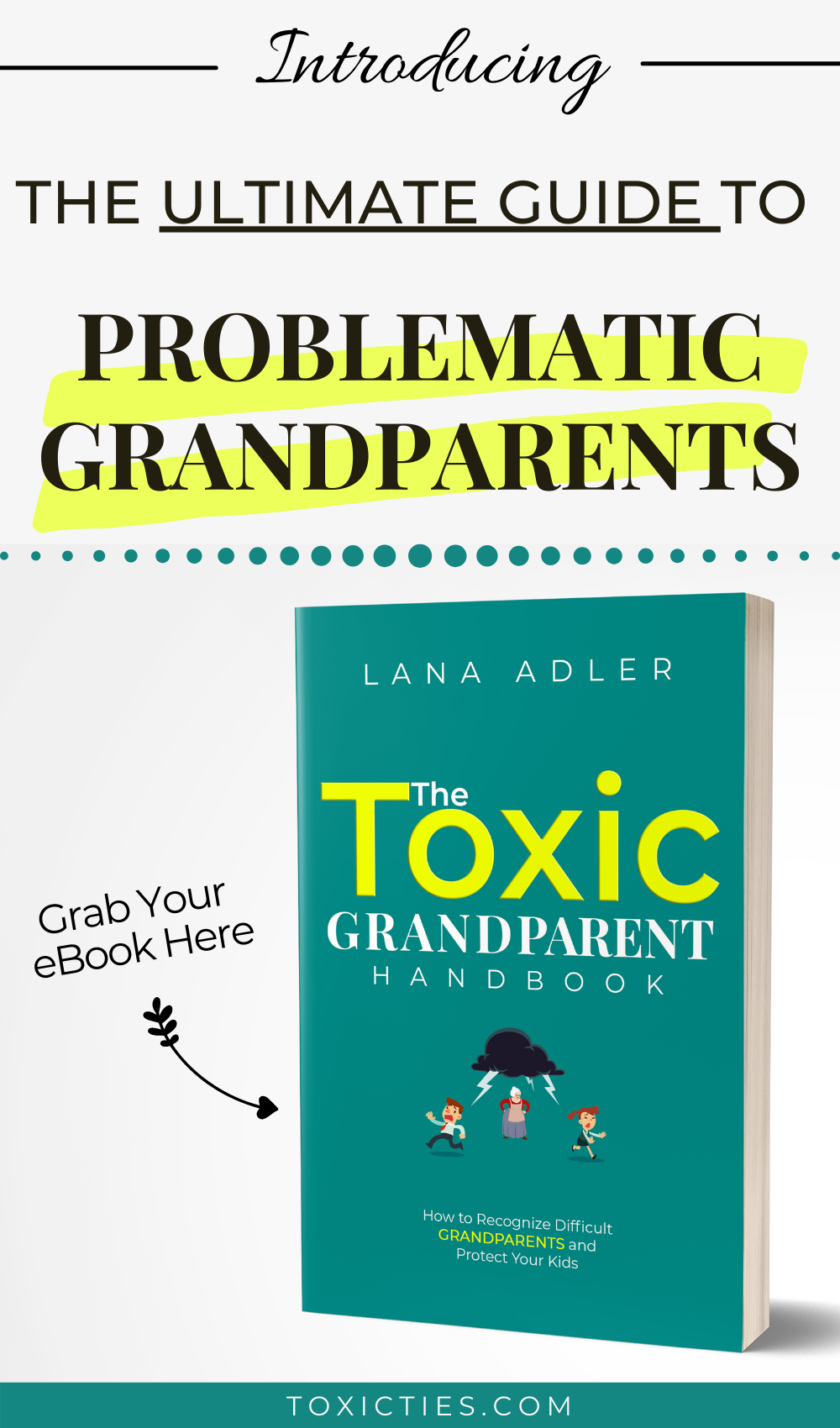
Leave a Reply